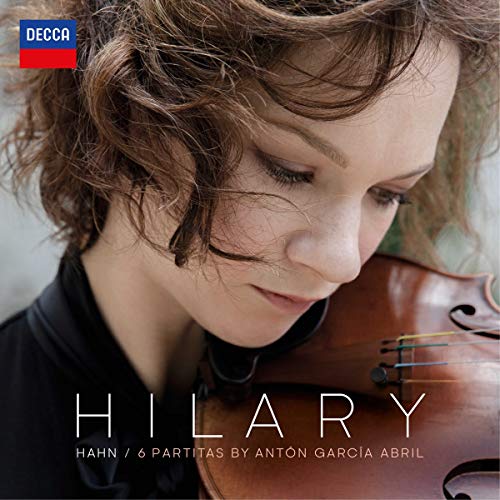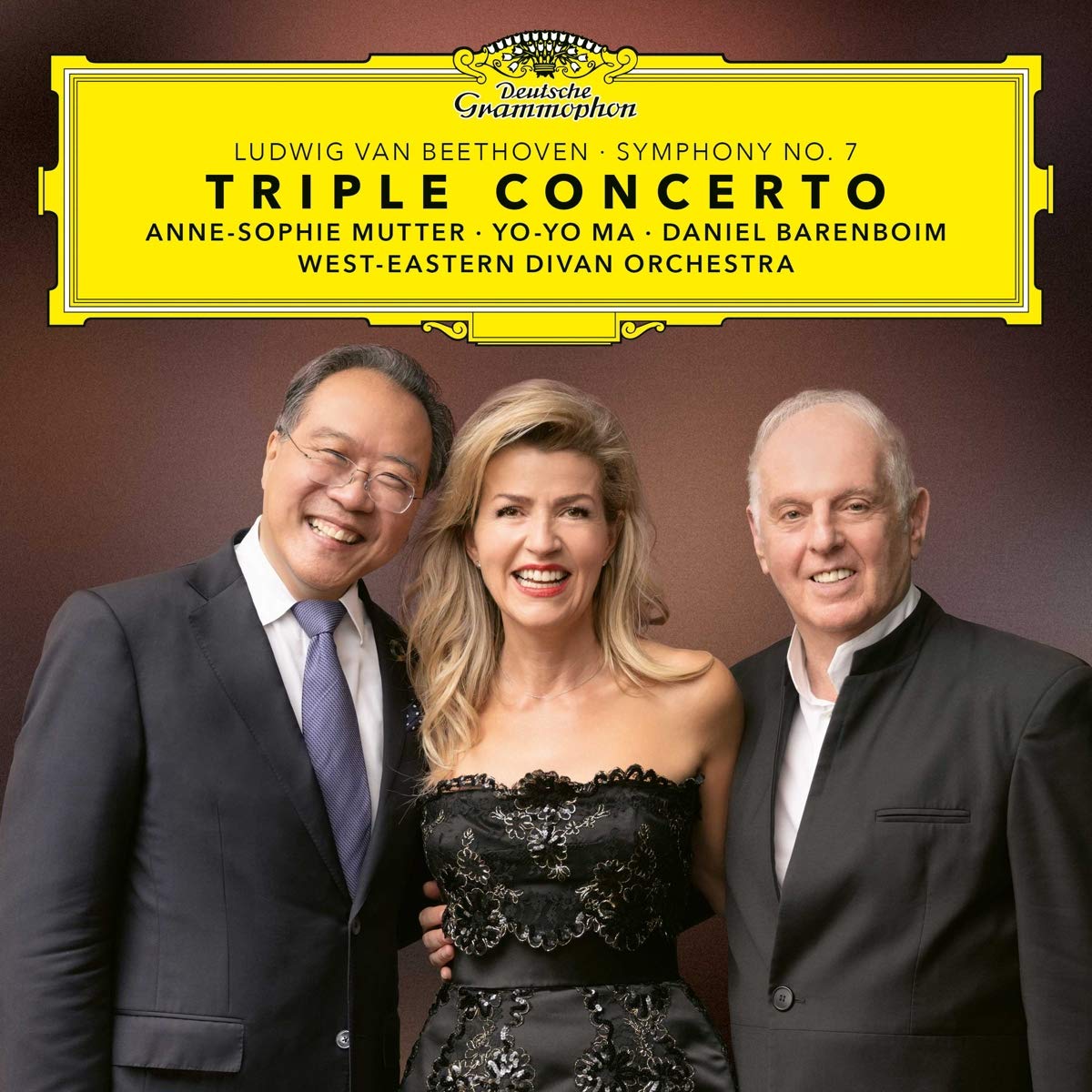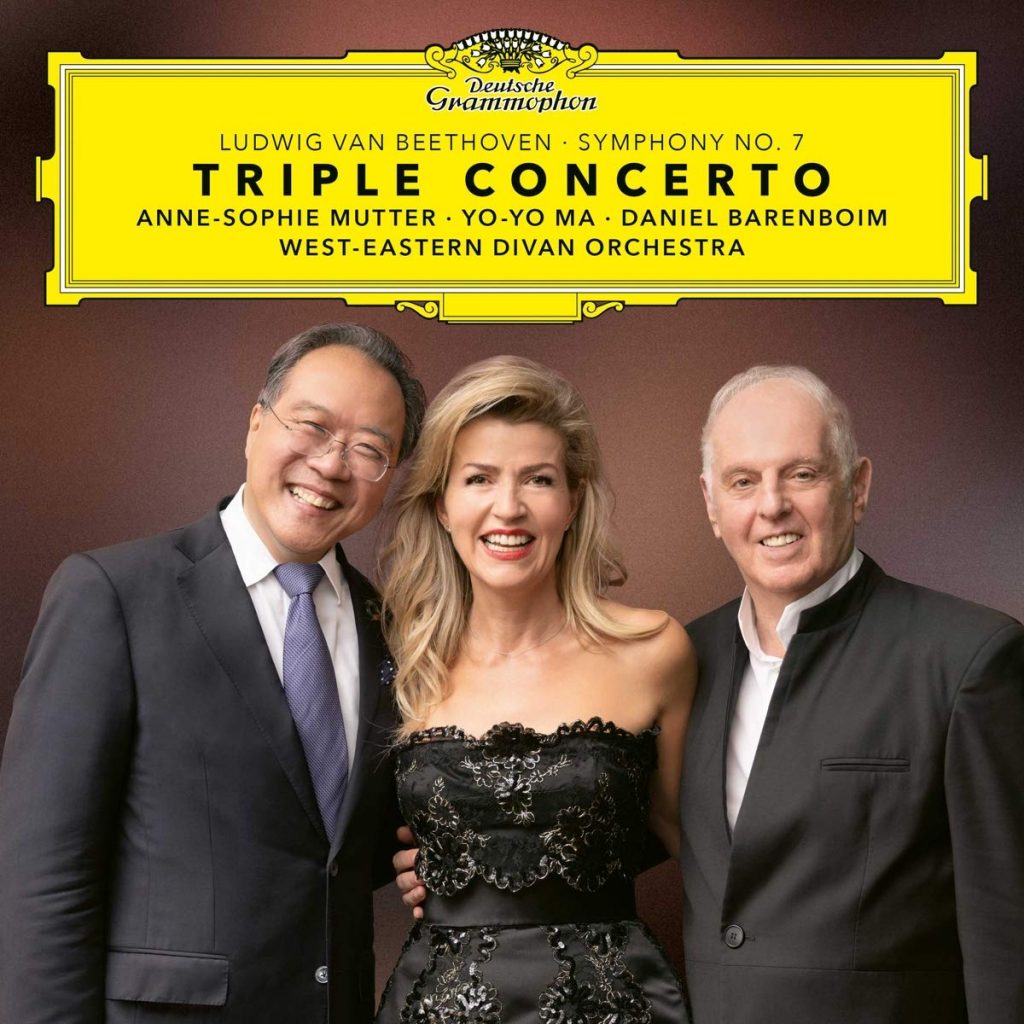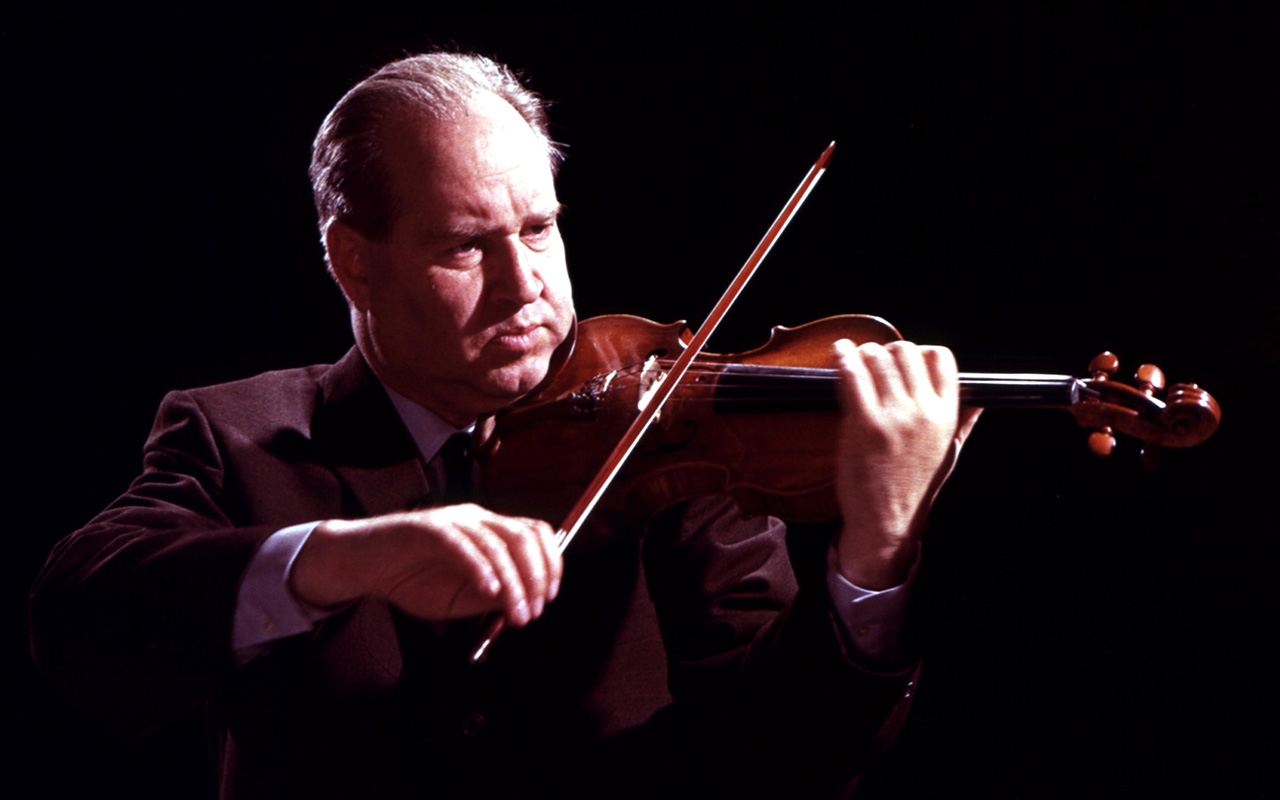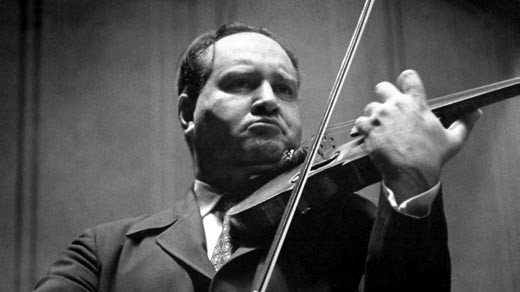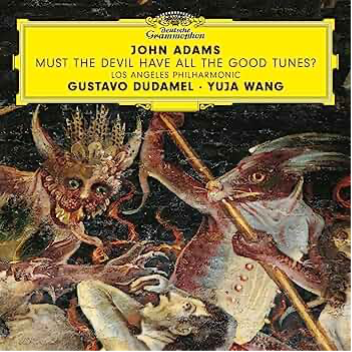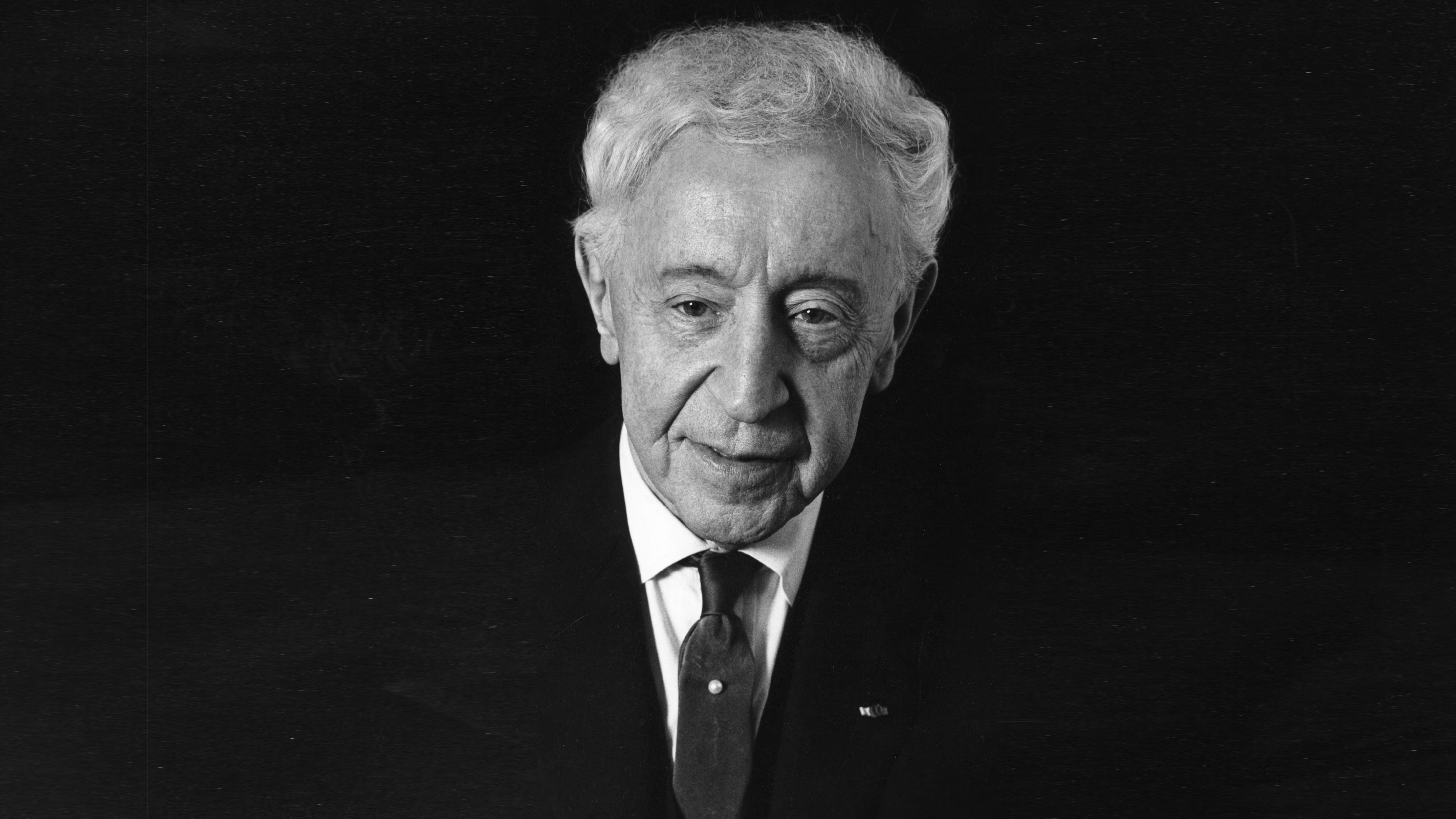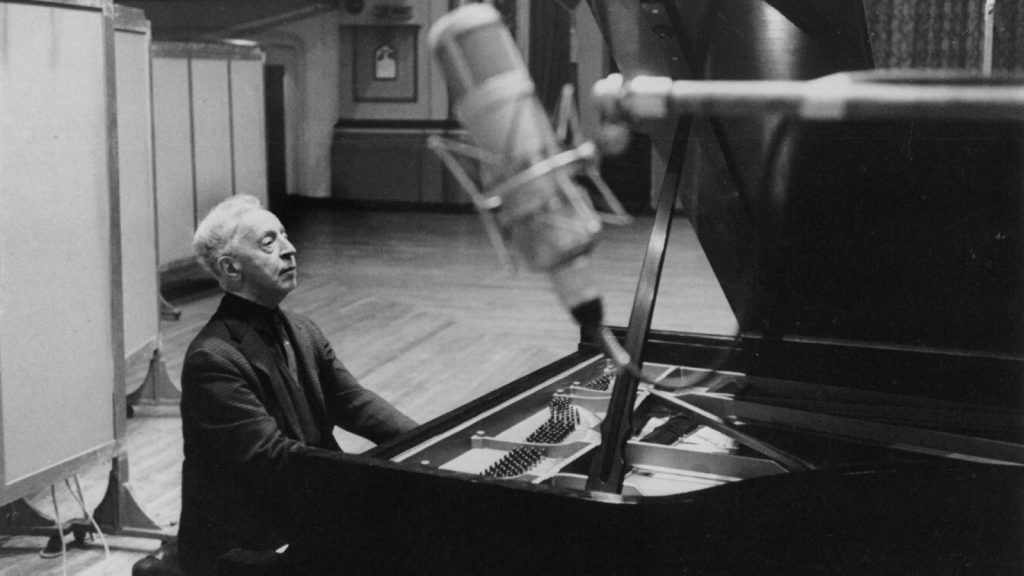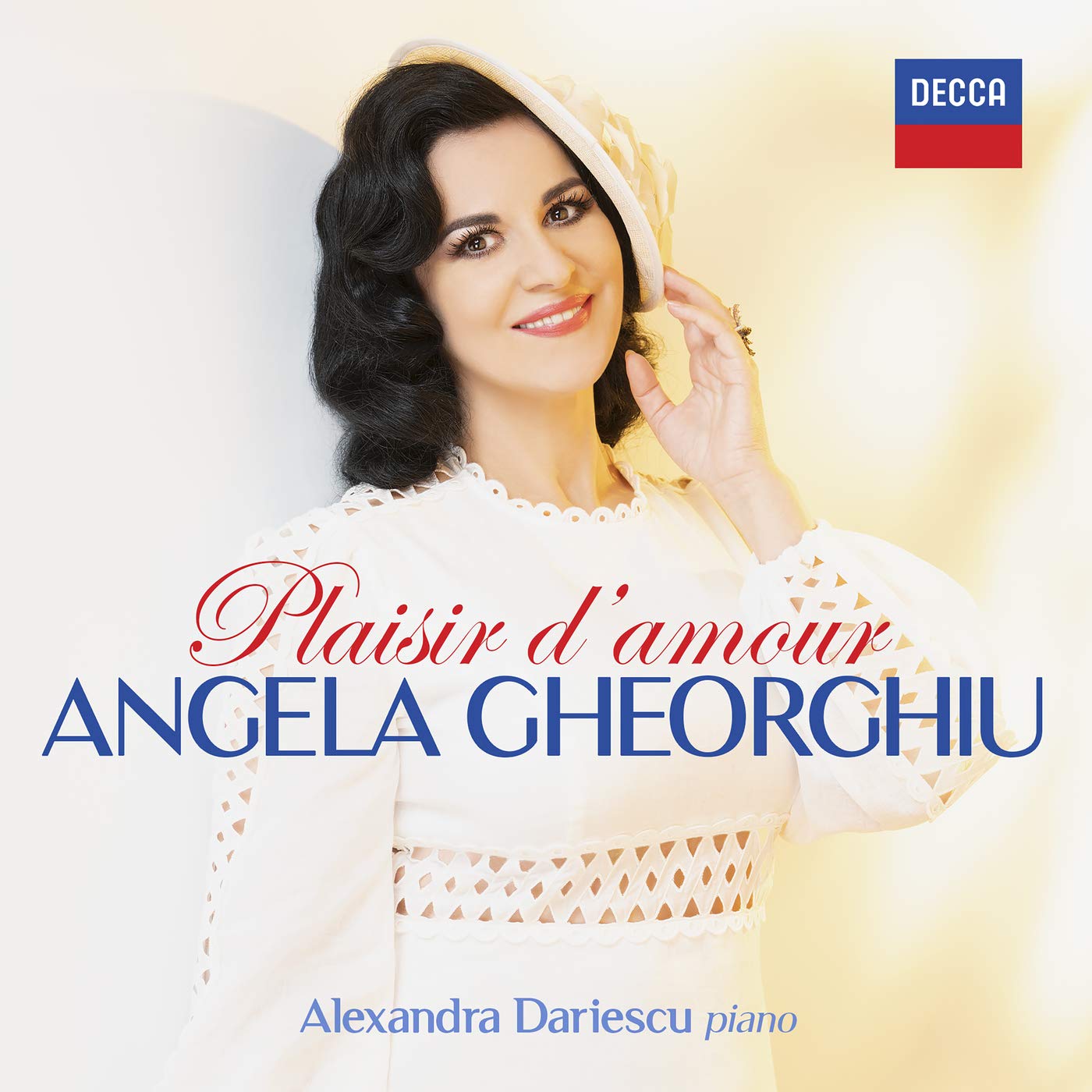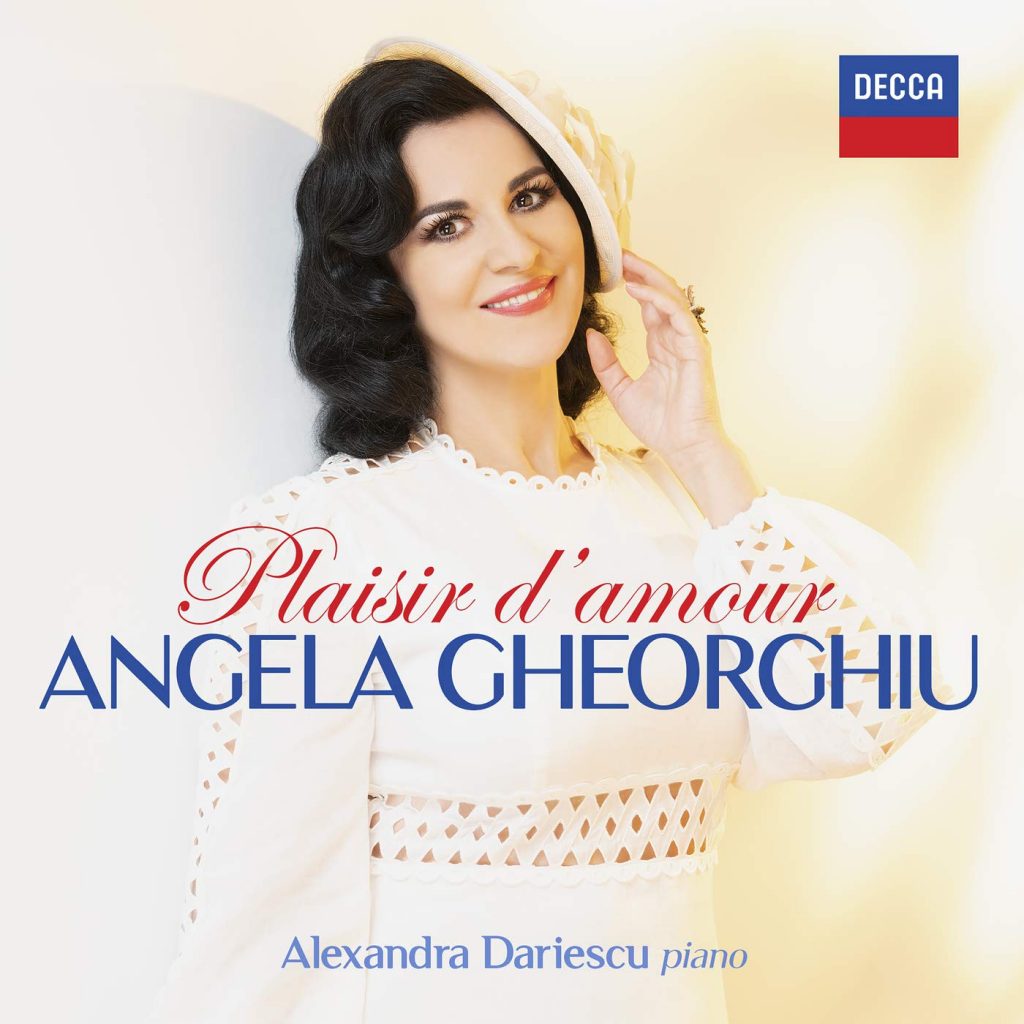6 PARTITAS – HILARY HAHN
Sarah Dunlop, May 2020
In May 2019 Hilary Hahn’s repertoire was enlarged with her commission to Antón García Abril of a series of new compositions for her latest album, published under Decca Records.
García Abril has followed in the footsteps of great composers such as Bach, Ysaÿe and Ernst in writing these pieces, six movements that take their names from the acronym for Hilary: Heart, Immensity, Love, Art, Reflective and You. Being a great admirer of the Spanish composer, Hahn encouraged the composition of these pieces and premiered them between 2016 and 2017. Since then, she has performed them all over the world.
Winner of three Grammy Awards, the violinist Hilary Hahn stands out for her virtuosity, the quality of her performances and her choice of repertoire. Her approach to the new creation and the active role that she plays in the diffusion of music and around her own experiences have made Hahn one of the favorite artists of the public.
The six pieces collect a work passionate but very measured on each step and each note. The composer’s extensive experience and his undeniable talent was brought to the service of the demands of a performer with a prodigious technique and outstanding artistic sensitivity. The suggestive titles for each of the pieces, whose first initials form the name of the violinist-Hilary- denotes the master’s very personal dedication to the phenomenal violinist.
Through this recording Hilary Hahn enchants the listeners with the crystalline sound of her violin, her inspired expressive vehemence and her immaculate technique. Her interpretation is passionate and dazzling, recreated in a never empty virtuosity, loaded with penetrating melodism that invades the listener and deeply moves them.
“Every note somehow feels dedicated to me,” Hilary wrote in her blog. “The phrasings that I’ve never encountered before, that he imagined me playing, feel like they were meant for me to interpret. When I play them, I feel like they are significant. They’re beautiful, expressive, mercurial, colourful, abstract, detailed, dancing, impetuous and full of motion and emotion.”
We are in front of a highly recommended album that combines the tradition of the solo violin with the new compositional techniques inspired on Hilary.
